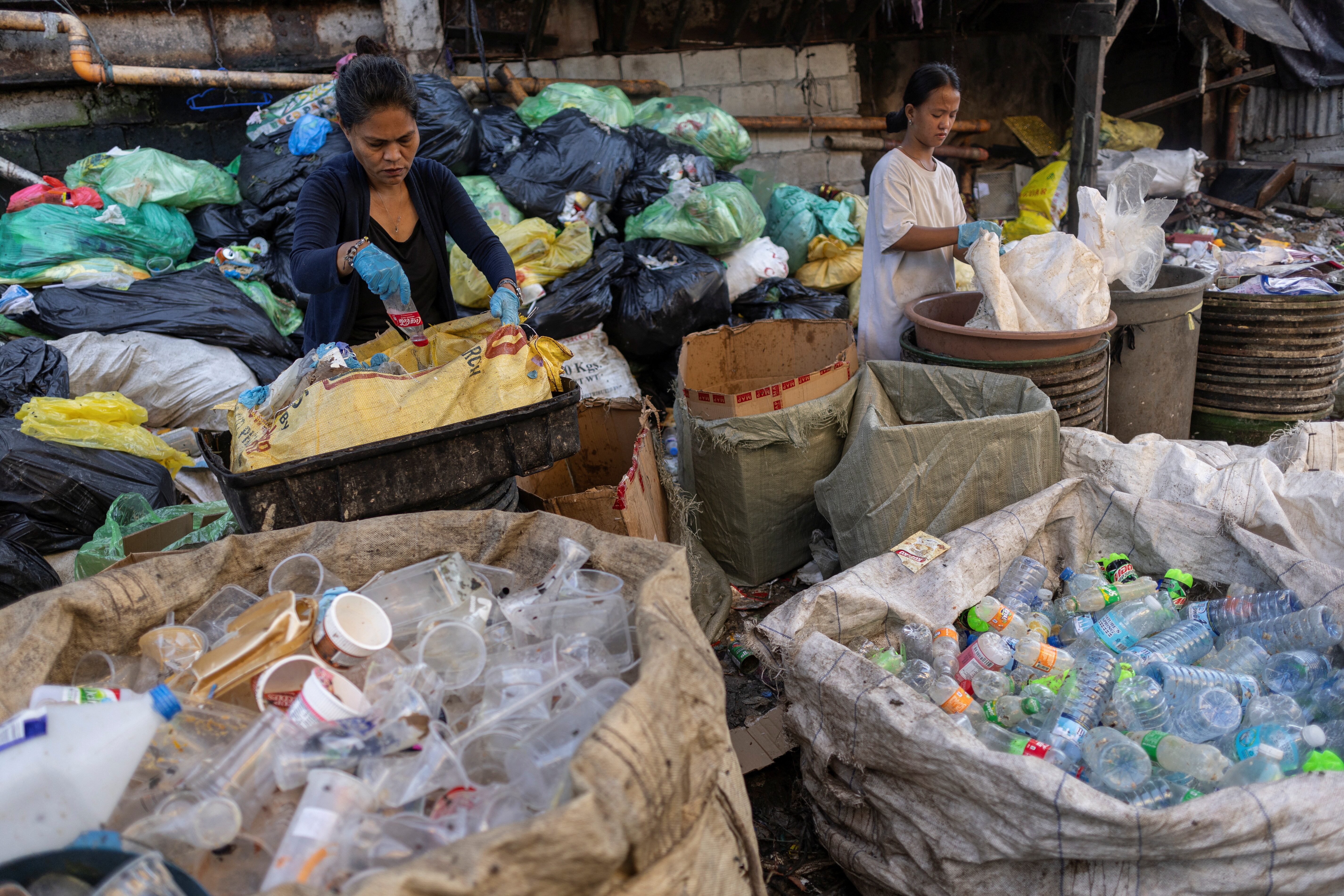How can China build a circular economy for mobile phones?

Financial innovation is a key enabler to scale the circular economy. Image: Unsplash.
Listen to the article
- China is a major producer, exporter and consumer of mobile phones.
- But only a small fraction of used mobile phones are properly recycled.
- Financial innovation is a key enabler to scale the circular economy.
China is a large producer, exporter and consumer of mobile phones. In 2020, it produced 1.47 billion mobile phones. China also generates approximately 300-500 million used phones every year, but only the estimated 5.2% of them have entered identified recovery channels. Also, the circular supply chain of resources is not fully matched. There are no large-scale supportive markets for renewable resources, so it’s hard for manufacturers to find traceable, quality and renewable materials in China.
Discarded mobile phones usually flow to different companies and are either resold or reused. In some cases, their parts, components, and materials are recycled, but only a very small percentage of them are finally treated by qualified companies.
According to the China Association of Circular Economy, the average lifespan of a mobile phone is 3.62 years in China, a figure lower than the expected five years for similar products indicated in the EU Circular Electronics Initiative.
Fostering financial innovation for scaling the circular economy
Circular mobile phones have significantly raised the awareness of material flows of plastics and metals. One of the key enablers is financial innovation. All key influencers of the finance ecosystem will play an important role in scaling the circular economy. Innovative financial products like bonds, loans, funds, equity and carbon markets are powerful enablers to make green projects bankable. While the recent growth in financing is promising, far more capital will be needed to scale the circular economy.
Governments have been committing capital for low-carbon infrastructure development to demonstrate intent and provide certainty to private industry and investors. A few highlights include carbon emission reduction facility (CERF), which is a low-funding facility from the central bank at a cost of 1.75% through commercial banks for investments in low-carbon projects.
For the facility to be well-targeted and directly supportive of a low-carbon transition, the People’s Bank of China requires financial institutions to disclose information concerning such carbon emission reduction lending, and the amount of emission reduction supported by such lending. So far 21 Chinese financial institutions and two foreign institutions are actively participated in it. These financial instruments will have the function to de-risk.
Another example is long term investment in zero carbon industrial clusters, where many producers are located. The China Development Bank has made a loan commitment of RMB 4.547 billion to build China’s first base for the circular use of resources – Xuzhou Circular Economy Industrial Park (phase 1) as the zero waste city national pilot programme.
Attracting investment to support a plastics and metals transition from linear to circular could benefit from learnings across other industry transformations, notably renewables in the energy sector. The Global Plastic Action Partnership has delivered a series of case studies to share where this is happening in plastics.
Furthermore, how to reallocate the benefits of green projects will be very important for creating opportunities in the financial sector. Governments need to make use of existing financial instruments, such as sustainability bonds, to generate and build better infrastructure for circular solutions.
What is the World Economic Forum doing about plastic pollution?
Building a producer-oriented circular supply chain
Given the current circular mobile phones supply chain, it is key to encourage producers to cooperate with raw material suppliers, component suppliers and third-party institutions to build renewable material certification standards and systems. Industries should develop an appropriate white-list of information security disposal enterprises based on the credit system for the safe disposal of waste mobile phone information, and strengthen the management system of relevant employees.
The Global Battery Alliance mobilize resources to ensure a sustainable and responsible battery value chain, through the formation of action partnerships on production, sourcing, processing, manufacturing and recycling. In particular, battery passports will provide trusted information on indicators, resulting in a quality seal capturing authenticated records of the responsible sourcing, management, recycling and use of a battery across its full lifecycle.
To move forward circular mobile phones, it is important to establish an environmental analysis and testing lab based on RoHS standards, which can be internally monitored after certification. For example, Huawei has been updating its list of restricted chemical substances and has established a lab for the professional and rigorous testing of chemicals to be used in products.
What is the World Economic Forum doing about the circular economy?
Building a multi-stakeholder recycling system
It’s important to emphasize the Extended Producer Responsibility (EPR) and set the goal of regulated recycling for producers and dealers, on the basis of producers undertaking responsibilities in economic, environmental and information aspects. Also, establish accreditation standards to ensure enterprises have standardized and environment-friendly capacity for disposing of waste mobile phones, making it easier for them to collaborate with other recycling stakeholders.
We should encourage institutions and individuals to oversee their recycling and second-hand transactions and establish a reward and punishment system to promote the development of mobile phone recycling and safe disposal. Lastly, develop an information disclosure system to increase the transparency of information and allow consumers to track and monitor the recycling process of their mobile phones.
Extending the life-cycle of mobile phones
Manufacturers can increase the scalability and serviceability of products by using more durable components, and provide upgrading and maintenance services, which can not only technically ensure the extended lifespan of mobile phones, but can also drive a shift toward green consumption.
Strengthening education and communication
Education and communication activities can be targeted respectively at consumers and players across the circular supply chain. For consumers, education should go beyond awareness raising efforts to include advocacy for green consumption and green lifestyle. For other stakeholders, related activities include managerial training, information disclosure, policies, standards and norms, as well as partnerships, technical training, promotion and guidance.
Abdellah Hmamouche, Strategic Communication Lead, Resource Circularity, World Economic Forum; Zhao Kai, Executive Vice President. Secretary General, China Association of Circular Economy; Ma Jinjin, Director of the International Cooperation Department, China Association of Circular Economy; Prof. Xiang Dong, School of Mechanical Engineering, University of Science and Technology Beijing; James Pennington, Former Circular Economy Lead on Electronics, World Economic Forum; Wang Haoran, Former Circular Economy Lead, China, World Economic Forum.
Don't miss any update on this topic
Create a free account and access your personalized content collection with our latest publications and analyses.
License and Republishing
World Economic Forum articles may be republished in accordance with the Creative Commons Attribution-NonCommercial-NoDerivatives 4.0 International Public License, and in accordance with our Terms of Use.
The views expressed in this article are those of the author alone and not the World Economic Forum.
Stay up to date:
COP28
Related topics:
Forum Stories newsletter
Bringing you weekly curated insights and analysis on the global issues that matter.
More on Circular EconomySee all
Felipe Basso
November 13, 2025








